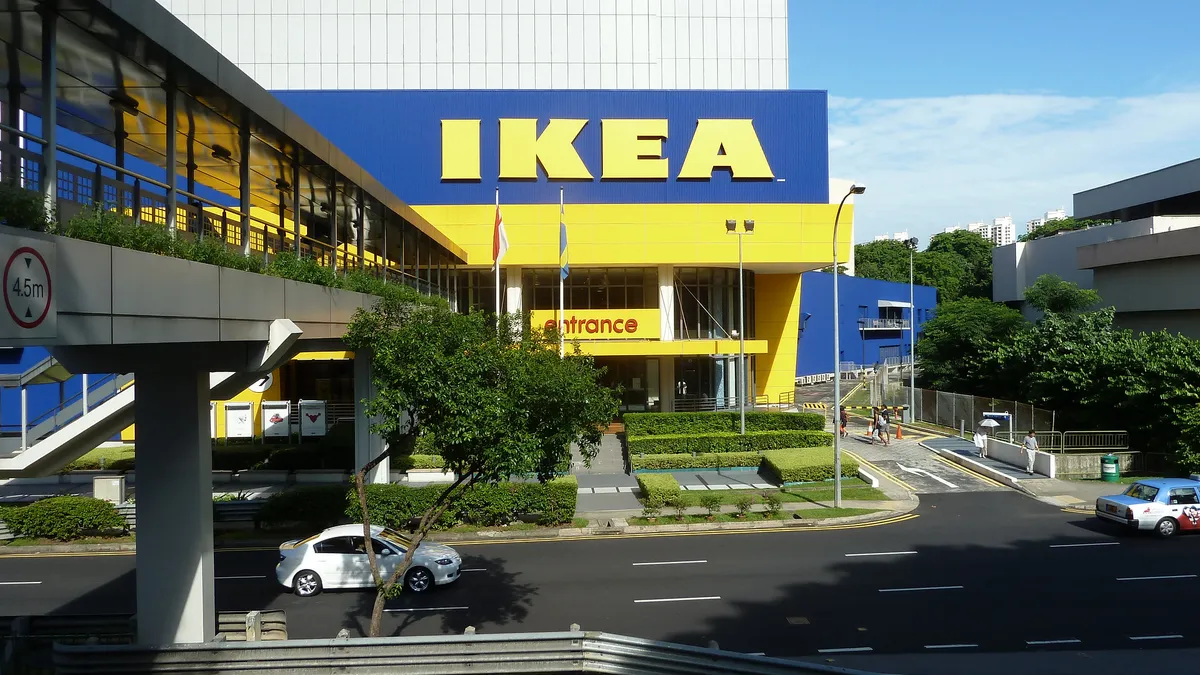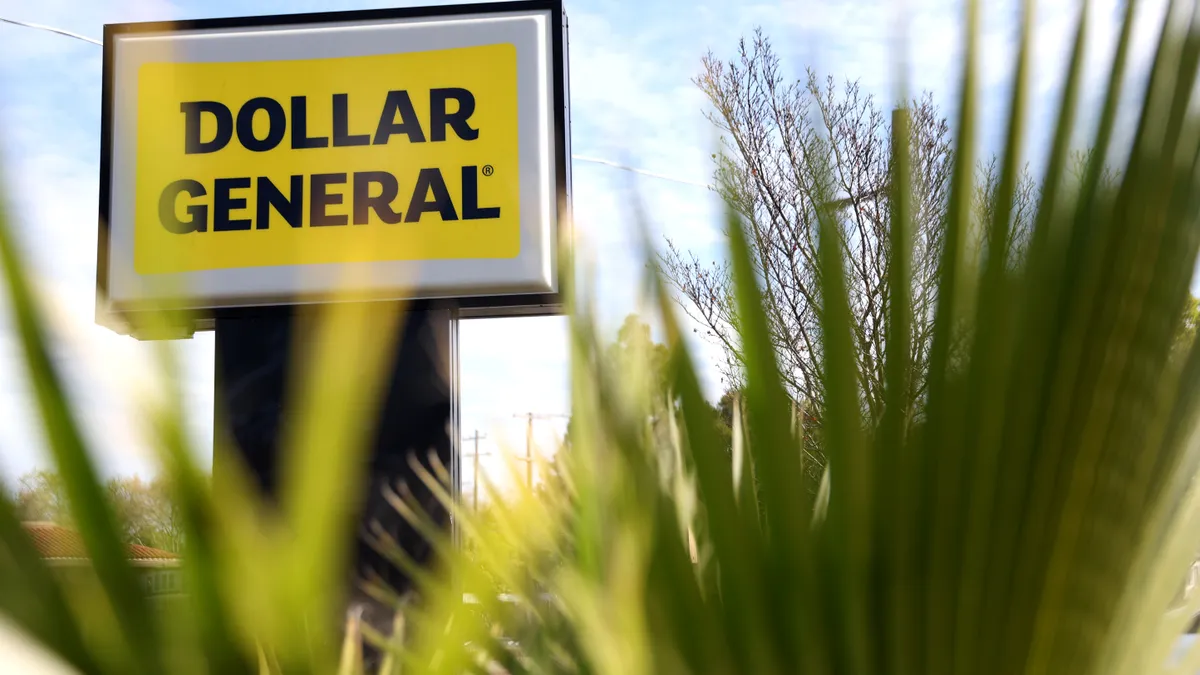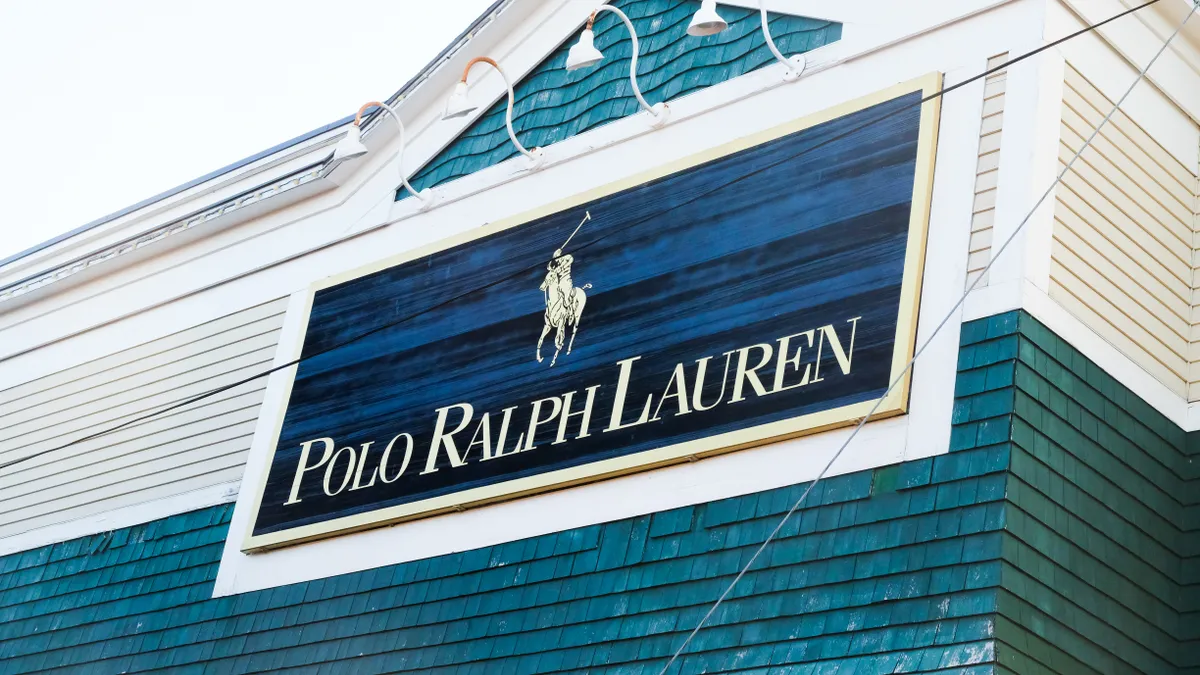Try fitting together an IKEA table without a plan, and you’ll soon face a problem.
Nuts and bolts come in all shapes and sizes, but it’s not always clear how they fit together. It takes a vision – in the form of an instruction book – to guide would-be builders to success. Beware, however, if one piece is missing: The best of intentions can quickly fall apart through an oversight.
It was this understanding and its focus on accessibility and affordability "for the many" that helped the home furnishing retailer rise to the top ranks in the past decade.
But for IKEA, being at the top is not enough if the resources needed for its business are not available tomorrow. So, this year, IKEA took instruction manuals to a new level: developing a roadmap for its own "circular" supply chain.
The sustainability problem
Today, nearly every multinational company seeking to elevate its brand with eco-conscious consumers publishes annual or semiannual sustainability reports.
Within these, companies typically outline the steps they are taking to decrease the climate footprints, both in-house and throughout the supply chain. But years of reports, audits and (at times missed) goals later, the definition of a “sustainable” value chain remains elusive.
One look at IKEA’s own climate footprint portrays the problem.
The IKEA business operates 403 stores in 49 countries, while the supporting Inter IKEA Group has 40 factories producing 9,500 different products with the help of about 1,000 suppliers worldwide. Yet, the chart below shows the combined climate footprint of the operations IKEA controls is just 30% of the total emissions.
In 2017, the end-to-end IKEA supply chain contributed 26 million tons of CO2e, or about 0.1% of the world’s total greenhouse gas emissions. Even if the group were to reach zero internal emissions by 2020, a significant amount of greenhouse gas could still be tied to the retailer.
Improving energy efficiency throughout the supply chain
Just because the group is not directly responsible for many of the emissions associated with it does not mean it can’t do anything to address it.
“The world is changing, and the IKEA business is changing with it,” said Torbjörn Lööf, CEO, Inter IKEA Group in the company’s Sustainability Summary Report FY17.
The report was produced one year after the retailer reorganized its business units to include the range, supply and production divisions within the Inter IKEA Group. In centralizing its supply chain and operations under one roof, the retailer can now better oversee sustainability goals and initiatives.
A circular supply chain, as IKEA describes it, is one where every product is designed and produced with its next-use in mind.

Supply Chain Dive
“This new set-up will help us to clarify and consolidate our sustainability ambitions across the whole IKEA franchise system and value chain,” Lööf wrote.
Such ambitions include:
- instilling responsible sourcing practices within the organization
- helping suppliers share best practices
- increasing water efficiency and renewable energy use within operations
- replacing fossil fuels in transport modes with alternative energy
The initiatives aim to achieve one pillar of sustainability: using fewer resources, more efficiently – and where possible, working with industry partners to renew supply.
“Forestry is one example of the way we work,” said Lena Pripp-Kovac, Sustainability Manager, IKEA Range & Supply, Inter IKEA Group in the report. “Our commitment to source 100% of the wood we use from more sustainable materials (FSC and recycled sources) requires a transformation not only of the IKEA business, but also across the entire industry.”
"The IKEA forestry teams must increase the availability of certified wood – there simply isn’t enough," she added.
Yet, the true transformation for IKEA in 2018 will be starting down the path to become what it calls a "circular" business.
Beyond waste: A circular supply chain
"Our ambition is to become a circular business. We have just started this journey, but we’re making progress that you can already see in the IKEA product range," wrote Pripp-Kovac.
A circular supply chain, as IKEA describes it, is one where every product is designed and produced with its next-use in mind. In doing that, the company can scrap the idea of "waste" – treating it, instead, as a valuable resource for production.
"It’s about designing all of our products from the very beginning to be repurposed, repaired, reused, resold and recycled, generating as little waste as possible," according to the report.
This strategy includes implementing spare parts warranty for that nut or bolt that got lost amid a customer’s move. Or, perhaps, using only renewable or recycled materials in the production of its goods.
"While our choice of materials and how we design and create products are crucial, people are at the heart of everything we do," Pripp-Kovac added. Reaching this new ambition will take more than just commitments – it’ll take a spirit of innovation and collaboration to pervade throughout the entire supply chain, she wrote.
"Only by challenging ourselves and setting ambitions and commitments that are larger than what we can achieve alone will we create an even bigger positive impact," said Pripp-Kovac. "The updated IKEA sustainability strategy, which will be communicated during 2018, is created to do just that."















